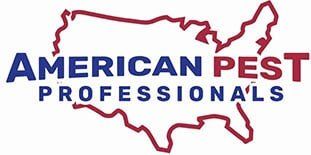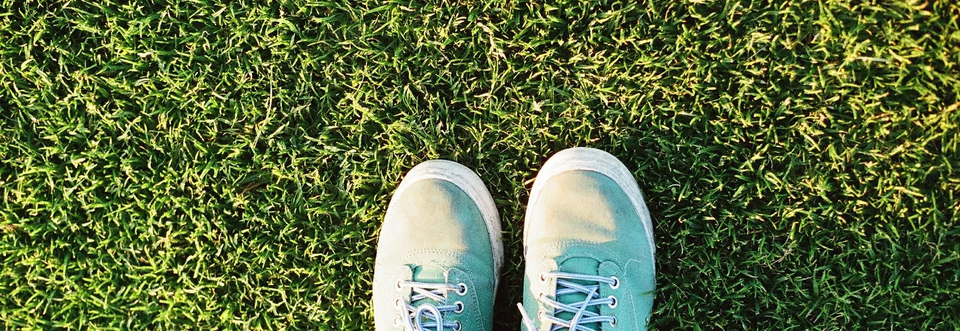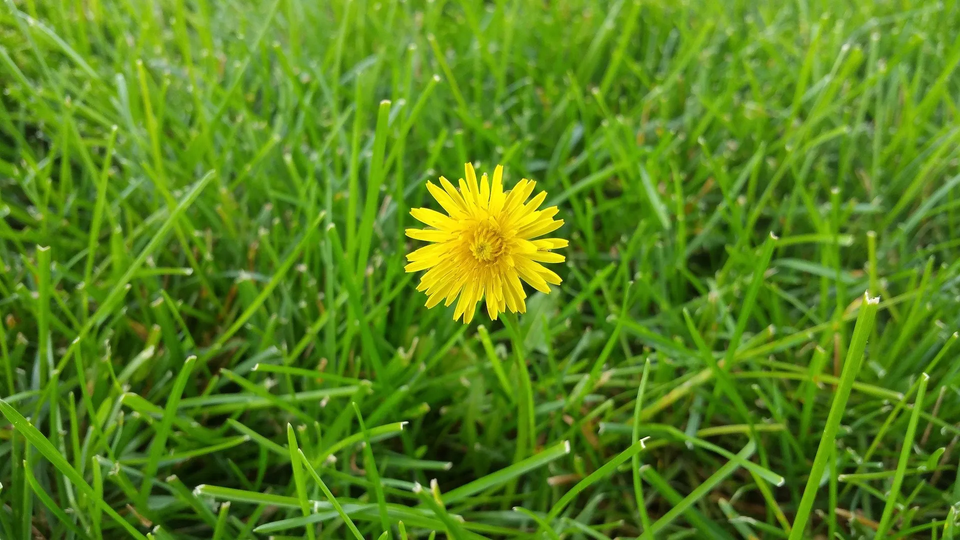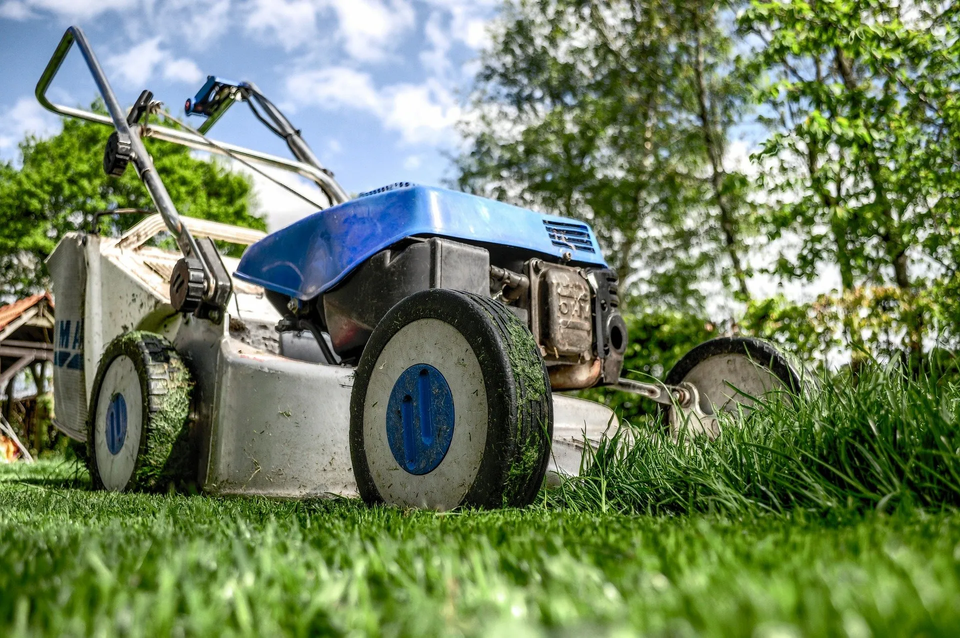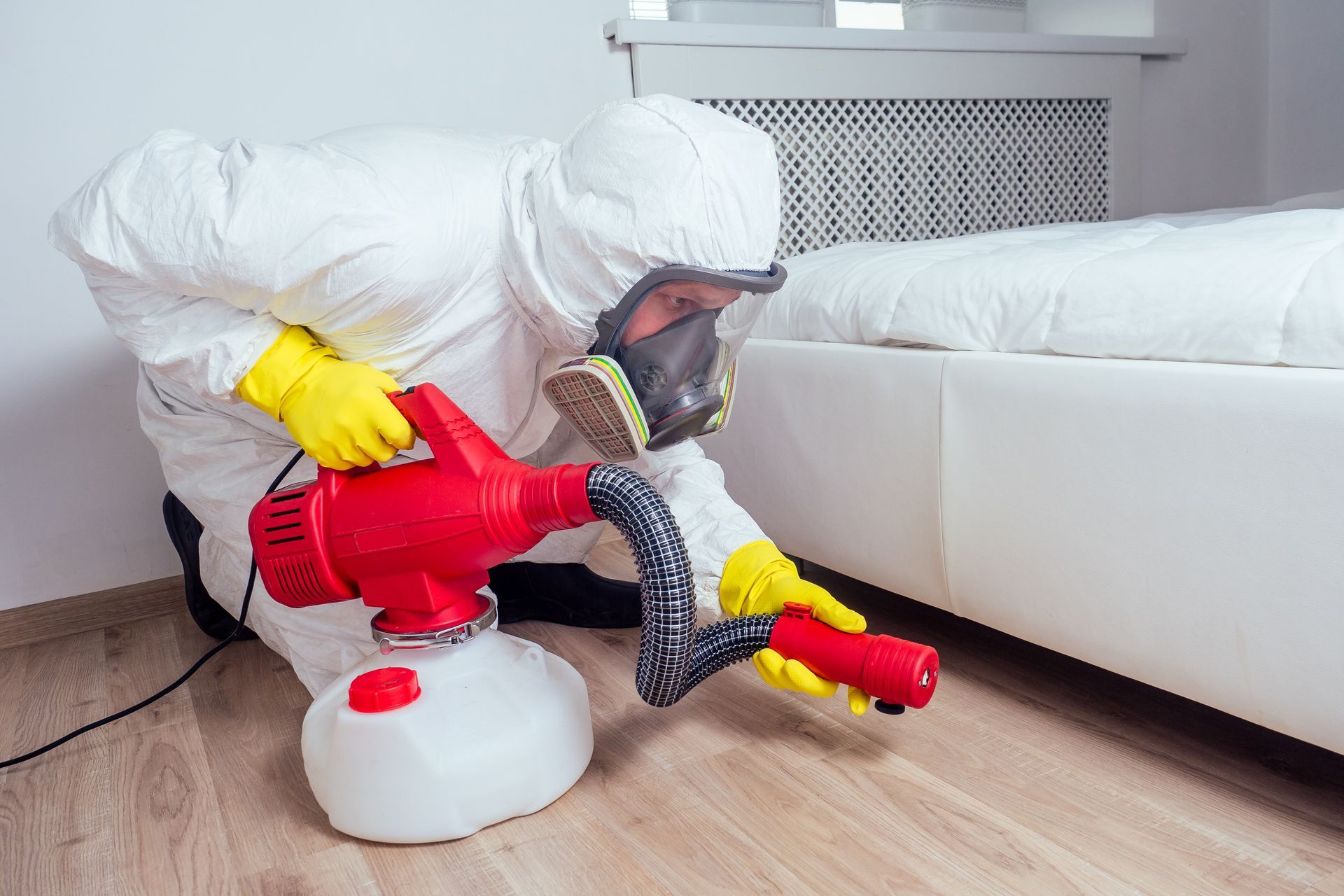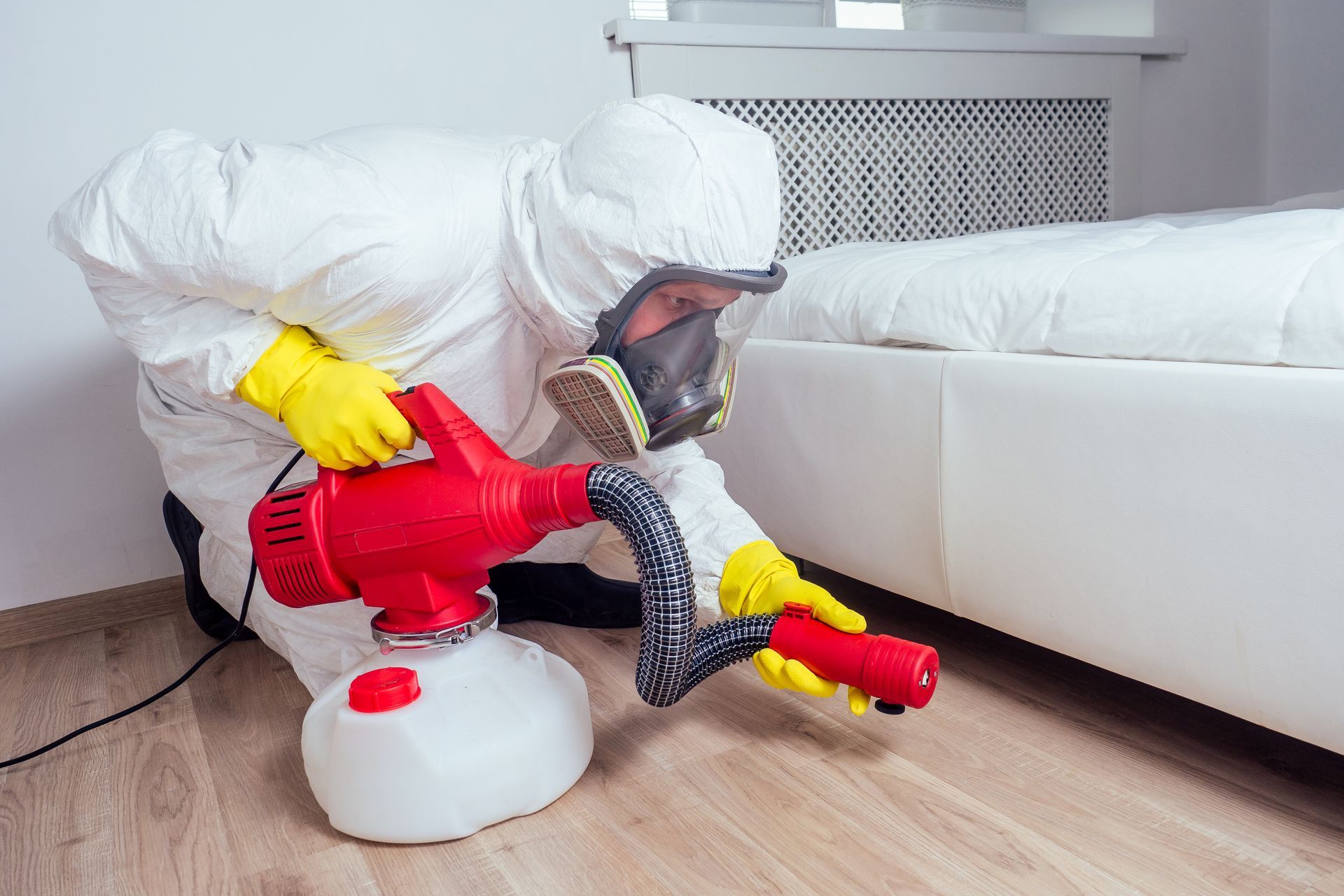6 Integrated Pest Management Lawn Care Tips
Ready to have your mind blown? Bugs like dirt. And grass. And Water. Of course you already knew that, but those facts can help you keep integrated pest management (IPM) practices in mind when it comes to your lawn, which, in case you hadn’t noticed, contains all three items on every pest’s ideal-home checklist. When it comes to lawn care and pest control, IPM is your best friend.
What IPM Means For Your Lawn
Integrated pest management is all about coexisting with pests (to a certain extent) and minimizing the use of pesticides to keep them at that tolerable level. Integrated pest management for your lawn looks similar to the IPM principles applicable in gardens, focusing on the five key foundations set forth by the National Pesticide Information Center:
- Use knowledge about the pest’s habits, life cycle, needs and dislikes
- Use the least toxic methods first, up to and including pesticides
- Monitor the pest’s activity and adjust methods over time
- Tolerate harmless pests
- Set an economic threshold to decide when it's time to act
7 Ways to Implement Integrated Pest Management for Your Lawn
Caring for your lawn and considering the environment do not have to be conflicting ideals. Use these six lawn care tips to grow your healthiest lawn yet, while minimizing your pest-related impact on the environment.
1. Choose a type of grass that thrives in your region and climate - Hot, desert climates, for example, will do well with a grass that tolerates heat and minimal water. Other considerations like how often kids will be playing in the yard, can help you determine which grass variety is right for your lawn.
2. Develop and maintain healthy soil - Fun fact: a teaspoon of healthy soil contains about 4 billion organisms, all of which are beneficial to keeping your grass healthy. To help them prosper, consider feeding your soil with compost. Composting is a cheap (you can compost at home!) and easy way to strengthen your lawn and provide the nutrients it needs.
3.
Mow often with sharp blades and mow high - Grass needs leaf surface to take in sunlight, and cutting it too short too quickly can cause damage. Long grass is also ideal because it is more adept at tolerating insect damage, fending off diseases, and minimizing weed growth. When you mow the lawn, try to keep it between 2.5 and 3.5 inches high. And last but not least, keep those mower blades sharp! Dull blades can wound grass, making to susceptible to pests and diseases.
4. Remove thick, dead grass with a rake - If dead grass, or thatch, gets thicker than a half-inch, rake it up. Overwatering or too much fertilizer are the prime culprits of thatch build up.
This compacted layer of dead plant material can attract harmful insects and prevent water and nutrients from getting to plant roots. If it does build up, simply pull it up with a rake.
5. Water deep and rarely - Watering too often or not enough is the cause of many common lawn problems. What many home lawn care masters don’t realize is that most plants do best when soil is allowed to partially dry out between waterings. It is best to water deep (let it really sink in) and infrequently, as opposed to regularly but over a short period.
6.
Determine how many weeds you can tolerate, and pull the ones you can’t - It simply isn’t practical to expect an entirely weed-free lawn. For those worth removing, dig them up by hand and sprinkle grass seed on the resulting bare spots to prevent their return.
Whether it’s your first summer cultivating a healthy lawn or your fiftieth, use these tips to make lawn care easier and more supportive of the environment. And when you identify a pest too big for simple lawn care tweaks,
we’re only a phone call away!
